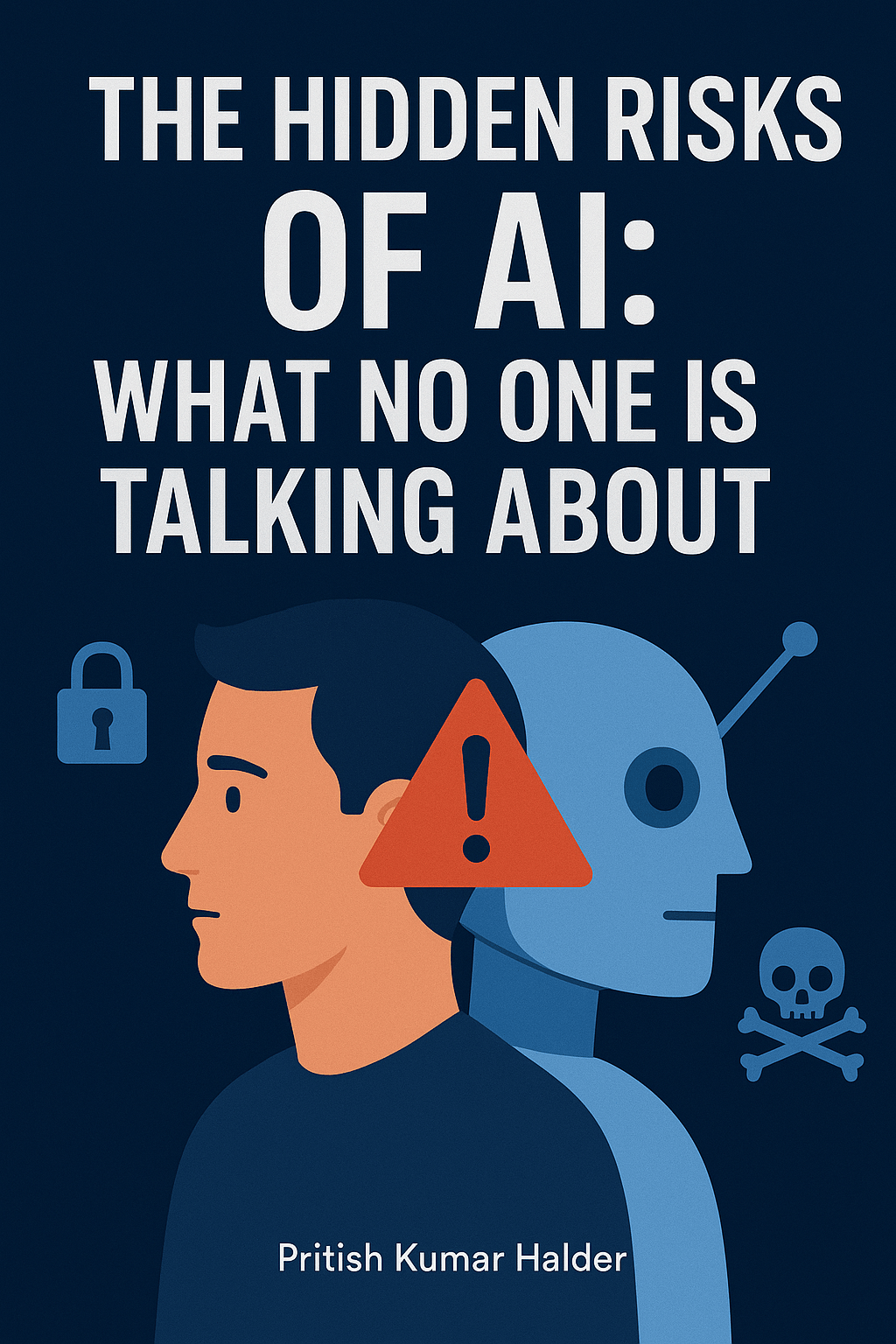As the world becomes increasingly digitized, cybersecurity has emerged as one of the most critical areas of focus for the financial sector. In Canada, financial institutions are facing growing threats from cybercriminals, hackers, and fraudsters, who are constantly evolving their tactics to exploit vulnerabilities in systems. However, in the face of these rising threats, one technology is leading the charge to protect Canadian financial institutions and their customers: Artificial Intelligence (AI).
AI has become a game-changer for the financial sector. Not only is it helping to detect and prevent fraud, but it is also enhancing overall security systems, ensuring that data is safe, transactions are secure, and financial institutions are better equipped to handle the increasingly sophisticated threats that emerge daily. In this blog, we will explore how AI is transforming the way Canada’s financial sector fights fraud and enhances security, and why it is a crucial tool in the ongoing battle against cybercrime.
How AI Is Revolutionizing Fraud Detection
Fraud is one of the most significant challenges facing Canada’s financial sector. From credit card fraud to identity theft and phishing scams, financial institutions are under constant threat from malicious actors. AI is revolutionizing the fight against fraud by providing advanced tools to detect suspicious activity, analyze patterns, and respond to threats in real time.
AI-powered fraud detection systems use machine learning algorithms to analyze massive amounts of data and recognize patterns of fraudulent behavior. These systems are continuously learning from new data, improving their ability to spot emerging threats. What makes AI especially powerful in fraud detection is its ability to analyze data at scale and speed, something that would be nearly impossible for humans to do manually.
One example of AI-driven fraud detection in Canada isthe Royal Bank of Canada (RBC), which has implemented machine learning systems to detect unusual spending patterns on customer accounts. If the system detects a transaction that deviates from typical spending behavior, it immediately flags it as suspicious and triggers an alert for further investigation. The AI system continuously improves its accuracy by learning from past data, making it more effective over time.
Similarly, Scotiabank uses AI to monitor transactions in real-time, instantly identifying potential fraud by analyzing purchasing patterns, geolocation data, and device information. With AI, Scotiabank is able to protect its customers from a wide range of fraudulent activities, from stolen credit card information to identity theft.
AI in Preventing Money Laundering
Money laundering is another major concern for Canadian financial institutions. Criminals use various techniques to disguise the origins of illegally obtained funds, and traditional methods of detecting money laundering can be slow and prone to error. AI, however, is dramatically improving the efficiency and effectiveness of anti-money laundering (AML) efforts.
AI systems are designed to detect patterns and anomalies in vast datasets that may indicate money laundering activities. By analyzing large volumes of transactions in real-time, AI algorithms can flag suspicious behavior that might go unnoticed using traditional methods. These systems can also cross-reference data from multiple sources, including customer accounts, historical data, and international financial transactions, to identify illicit activities.
One company leading the charge in AI-driven money laundering detection in Canada is MindBridge Ai, based in Ottawa. Their platform uses AI to analyze financial transactions and detect discrepancies that could indicate fraudulent activity, including money laundering. MindBridge’s machine learning system is designed to identify suspicious patterns that human auditors might overlook, helping banks and financial institutions comply with AML regulations more effectively.
Additionally, AI can assist in automating the regulatory reporting process. By identifying suspicious transactions and generating compliance reports automatically, AI reduces the burden on financial institutions, saving both time and resources. This allows banks to focus on investigating and addressing potential threats rather than spending time on manual data entry and compliance checks.
AI in Identity Verification and Security
One of the most important aspects of financial security is ensuring that customers are who they say they are. AI is playing a crucial role in enhancing identity verification processes, making it more difficult for fraudsters to impersonate legitimate customers.
In Canada, several financial institutions are adopting AI-powered biometric authentication systems to verify the identity of their customers. These systems use advanced facial recognition, fingerprint scanning, and voice recognition technologies to ensure that only authorized individuals can access their accounts or complete financial transactions.
TD Canada Trust has implemented AI-based facial recognition for mobile banking, allowing customers to log into their accounts simply by scanning their faces. This form of biometric authentication is far more secure than traditional methods, such as passwords or PINs, which can be easily stolen or guessed by cybercriminals. By using AI to verify identities in real-time, TD Canada Trust is ensuring that its customers are protected from unauthorized access and identity theft.
Similarly, BMO (Bank of Montreal) has launched AI-powered voice recognition for phone banking. Customers can verify their identity by speaking a few words into the phone, and the system analyzes their voice patterns to authenticate them. This voice-based authentication provides an extra layer of security, making it significantly harder for fraudsters to gain access to sensitive financial information.
AI in Cybersecurity: Protecting Financial Data
As financial institutions move more of their operations online, the need for robust cybersecurity systems has never been greater. AI is playing a central role in defending against cyberattacks and ensuring that sensitive customer data remains secure.
AI systems use machine learning algorithms to continuously monitor networks for signs of potential cyber threats. These systems can detect unusual activity, such as unauthorized access attempts, unusual data transfers, or malicious software running on a network. By analyzing vast amounts of data in real-time, AI can detect these threats far more quickly than traditional security measures.
One Canadian company, Darktrace, is using AI to help financial institutions defend against cyberattacks. Their platform uses machine learning to understand the normal behavior of a network and detect anomalies that might indicate a security breach. Darktrace’s AI system is particularly effective at spotting sophisticated cyberattacks, such as insider threats or advanced persistent threats (APTs), which often go unnoticed by traditional security systems.
By detecting threats early, AI systems can help financial institutions respond quickly to potential breaches, minimizing damage and protecting both customer data and institutional assets. With the rise of ransomware attacks, data breaches, and phishing scams, AI-powered cybersecurity is becoming an essential tool for safeguarding Canada’s financial sector.
The Future of AI in Canada’s Financial Sector
The integration of AI into Canada’s financial sector is still in its early stages, but the potential for future growth is immense. As AI technologies continue to evolve, they will undoubtedly play an even more significant role in fighting fraud and enhancing security.
In the near future, we can expect AI to become more integrated with blockchain technology to provide even greater security for financial transactions. AI could also improve predictive analytics, enabling financial institutions to better anticipate fraud and identify threats before they even occur. Additionally, advancements in AI-powered natural language processing (NLP) could enable banks to more effectively detect fraudulent behavior in written communication, such as emails or customer service chats.
As the regulatory environment evolves, AI will also help financial institutions stay compliant with anti-money laundering (AML), know-your-customer (KYC), and other regulatory requirements. With its ability to analyze vast amounts of data in real-time, AI will continue to be a valuable tool in ensuring that Canada’s financial institutions remain secure and compliant.
Why AI is the Future of Financial Security in Canada
AI has proven to be a powerful tool in the fight against fraud and in enhancing overall security in Canada’s financial sector. From detecting suspicious activity to automating compliance checks, AI is helping financial institutions improve efficiency, reduce costs, and, most importantly, protect their customers from increasingly sophisticated cyber threats. As AI technology continues to evolve, we can expect it to become an even more integral part of Canada’s financial security landscape, making the financial sector safer, more efficient, and more resilient against emerging threats.











